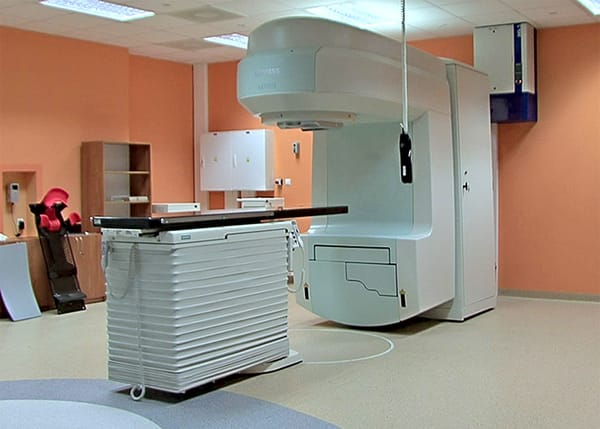Regular Release vs Rolling Release - Which Linux Distribution Model is Better?

Linux is a versatile and customizable operating system that powers millions of devices around the world. One of the most appealing aspects of Linux is the variety of distributions (or distros) that users can choose from, each with its own features, design, and philosophy.
However, not all Linux distros are created equal, and one of the key differences between them is how they handle updates and upgrades.
There are two main models of Linux distribution development: regular release and rolling release. In this blog post, we will explore what these terms mean, what are the pros and cons of each model, and which one might suit your needs better.
What is a Regular Release Linux Distribution?
A regular release Linux distribution is one that follows a fixed schedule for releasing new versions of the operating system. Typically, a regular release distro has a major version number (such as Ubuntu 22.04 or Fedora 39) and a minor version number (such as Ubuntu 23.11). The major version number indicates a significant change in the system, such as a new kernel, a new desktop environment, or a new set of features. The minor version number indicates a minor update that fixes bugs, improves security, or adds some enhancements.
A regular release distro usually has a support cycle that defines how long each version will receive updates and patches. For example, Ubuntu releases a new major version every six months, and each version is supported for nine months. However, every two years, Ubuntu also releases a long-term support (LTS) version, which is supported for five years. Fedora releases a new major version every six months, and each version is supported for 13 months.
Some of the most popular regular release Linux distros are:
- Ubuntu
- Fedora
- Debian
- Linux Mint
- elementary OS
- Zorin OS
What is a Rolling Release Linux Distribution?
A rolling release Linux distribution is one that does not follow a fixed schedule for releasing new versions of the operating system. Instead, a rolling release distro constantly updates and upgrades the system with the latest software packages and components, as soon as they are available and tested. A rolling release distro does not have a major or minor version number, but rather a codename or a date that indicates the current state of the system.
A rolling release distro does not have a support cycle, as the system is always up to date and supported. However, a rolling release distro may have different branches or channels that offer different levels of stability and freshness. For example, Arch Linux has a stable branch that receives updates after they are tested and verified, and a testing branch that receives updates before they are tested and verified. Manjaro Linux, which is based on Arch Linux, has three branches: stable, testing, and unstable.
Some of the most popular rolling release Linux distros are:
- Arch Linux
- Manjaro Linux
- openSUSE Tumbleweed
- Solus
- Gentoo Linux
- Void Linux
Pros and Cons of Regular Release and Rolling Release Linux Distributions
Both regular release and rolling release Linux distributions have their advantages and disadvantages, depending on your preferences and needs. Here are some of the main pros and cons of each model:
Pros of Regular Release Linux Distributions
- They offer a stable and consistent user experience, as the system does not change drastically between updates.
- They are easier to install and use, as they usually have a user-friendly installer and a graphical interface for managing updates.
- They are more compatible with third-party software and hardware, as they tend to use more widely adopted standards and drivers.
- They are more suitable for production environments, as they have fewer bugs and issues, and are more thoroughly tested and reviewed.
Cons of Regular Release Linux Distributions
- They may become outdated and lag behind the latest software and technology, as they do not receive updates as frequently as rolling release distros.
- They may require a complete reinstall or a complex upgrade process when a new major version is released, which can be time-consuming and risky.
- They may have less customization and flexibility, as they usually have a predefined set of software and settings that are hard to change or remove.
- They may not be compatible with the latest hardware (such as newer laptops)
Pros of Rolling Release Linux Distributions
- They offer a cutting-edge and dynamic user experience, as the system is always updated with the latest software and technology.
- They are more customizable and flexible, as they usually have a minimal and modular design that allows users to install and configure only the software and settings they want.
- They do not require a complete reinstall or a complex upgrade process, as the system is continuously upgraded with incremental updates.
- They are more suitable for enthusiasts and developers, as they have more features and options, and are more responsive to feedback and suggestions.
- They are compatible with the latest hardware
Cons of Rolling Release Linux Distributions
- They may be unstable and unreliable, as the system may change frequently and unpredictably, and may introduce bugs and issues that affect the functionality and performance.
- They are sometimes harder to install and use, as they usually have a command-line based installer and a manual approach for managing updates (Albeit this mostly applies to arch, than say, SUSE's Tumbleweed).
- They may be incompatible with third-party software and hardware, as they tend to use more experimental and proprietary standards and drivers.
- They may require more maintenance and troubleshooting, as users have to deal with potential conflicts and errors that arise from the constant updates.
Which Linux Distribution Model is Better for You?
If you value stability, compatibility, and ease of use, and you do not mind having an older system, you may prefer a regular release Linux distribution.
If you value freshness, customization, and flexibility, and you do not mind having a riskier system, you may prefer a rolling release Linux distribution. A rolling release may also work on more modern hardware that just came out.
Conclusion
We hope this blog post has helped you understand the differences between regular release and rolling release Linux distributions, and has given you some insights on how to choose the best one for you. If you have any questions, comments, or feedback, please feel free to leave them below. Thank you for reading! 😊





